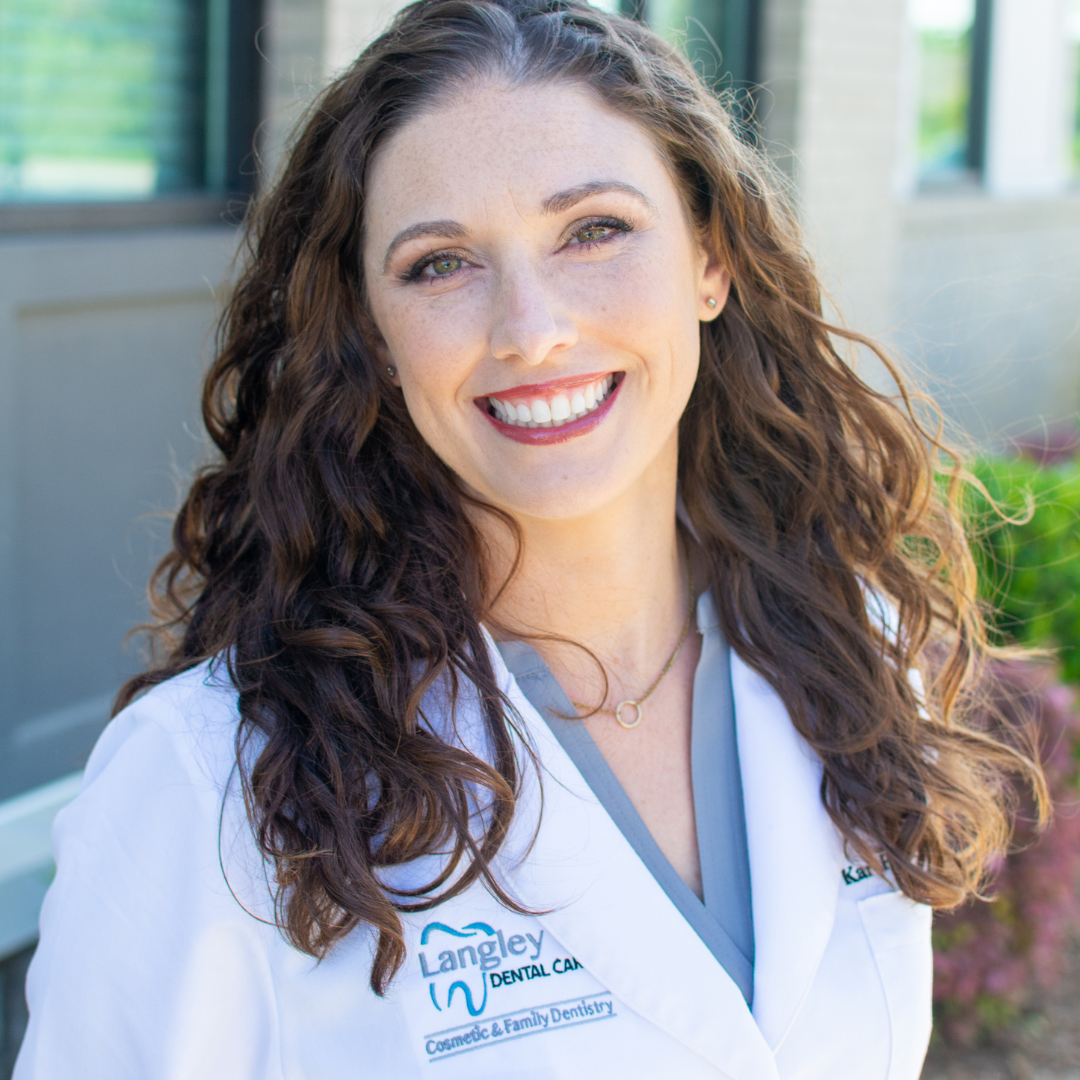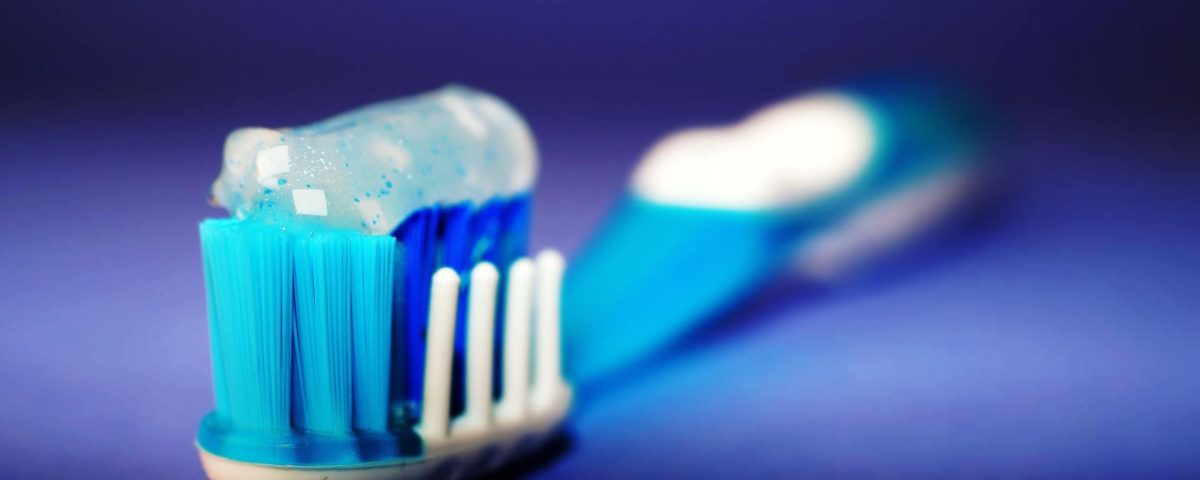
7 Tips to Get a Beautiful Smile
April 19, 2019
Chipped or Cracked Teeth: Causes & Repair
June 29, 2019One of the most attractive traits in a person is their beautiful smile. To keep your teeth in tip-top shape, biannual cleanings in conjunction with a good daily oral hygiene routine that includes brushing and flossing are essential to maintaining a healthy mouth. The American Dental Association (ADA) considers brushing your teeth as an important aspect of your dental care routine. However, the truth is, most people are unaware that they are not caring for their teeth the way they should be. Use the tips below to take better care of your pearly whites.
Tip 1: Choose the Right Toothbrush and Toothpaste
Your Toothbrush:
- Brush twice daily using a toothbrush with soft bristles.
- Your toothbrush should fit comfortably in your mouth and allow you to reach every area easily.
Your Toothpaste:
Use a toothpaste that has the ADA’s Seal of Acceptance. These toothpastes earn the ADA’s Seal of Acceptance by proving their safety and effectiveness to the ADA Council on Scientific Affairs.
Tip 2: Use the Proper Brushing Technique
- After applying a pea-sized dab of toothpaste to your dampened bristles, place them on your upper teeth at a 45-degree angle to your gums.
- Move the toothbrush forward and back gently, be sure to use short strokes that are about as wide as each tooth.
- You need to brush the chewing surface, the outer surface as well as the inner surface of each tooth.
- When it is time to clean the inner surfaces of your front teeth, carefully tilt the toothbrush vertically. Use up-and-down strokes on this area of the teeth.
- Remember to brush your teeth for two minutes.
- Once you have completed brushing your teeth, do not rinse; just spit.
- Avoid eating or drinking for 30 minutes.
4 Mistakes People Make Related to Brushing Their Teeth
1. Rinsing After Brushing
Rinsing after brushing reduces the amount of fluoride that remains in the mouth; thus, cutting down on its effectiveness. Fluoride helps strengthen the hard, protective coating on the teeth (i.e., tooth enamel). If you must rinse, instead of water, you can use a mouthwash containing fluoride to ‘rinse’ after brushing. To get the most out of fluoride, wait at least 30 minutes before eating or drinking.
2. Using the Same Toothbrush for Too Long
If you are using your toothbrush consistently, its lifespan is about three months (or 200 uses). At this point, the bristles of the brush are probably frayed, which is a good indication that it is time to change. Once the bristles are broken or frayed, they have lost their flexibility and cannot clean properly. Furthermore, after using your toothbrush for a couple of months, food particles and bacteria have started accumulating on it.
3. Not Brushing Long Enough
The recommended duration for each tooth brushing session is two minutes; however, most people only brush for 45 seconds. Brushing the entire two minutes is essential because it gives the fluoride in the toothpaste enough time to attach to your tooth enamel.
Nearly all the electric/electronic toothbrushes available today have two-minute timers built into their design. For those using a manual toothbrush, you can use the stopwatch on your phone or hum a song that lasts for two minutes.
Some song options include:
- “America the Beautiful”
- Alvin and the Chipmunks’, “The Chipmunk Song — Christmas Don’t Be Late”
- The “ABC” song
- The “Apples and Bananas” song
4. Not Brushing Regularly
Plaque is the waste product that bacteria excrete as they eat the food particles and sugar that remain in the mouth following meals. This plaque is sticky and contains acid that damages the tooth enamel. This plaque needs to be removed; otherwise, as the enamel is destroyed, tooth decay is likely.
When the plaque is not removed within 24 to 72 hours, it hardens into tartar (or calculus). Once the plaque hardens into tartar, only a dental professional can remove it. As the tartar builds, it provides a safe-haven for the bacteria, allowing it to continue multiplying, creating plaque and damaging the tooth enamel.
The Importance of Flossing
Even after brushing, bacteria could be lingering between teeth where the bristles of the toothbrush cannot reach. Flossing helps remove food particles and plaque from between the teeth, as well as from beneath the gum line in these areas. Therefore, if you do not already floss once a day, you need to add this task to your daily oral hygiene routine.
Flossing before bed is a good idea because then you remove everything that has accumulated between your teeth throughout the day. You can use water flossers and disposable flossers to make the process easier.
Now, You’re Ready to Start Brushing (the Right Way)
With these tips and common mistakes in mind, you have the knowledge to be able to brush your teeth correctly and keep your smile looking beautiful. But to keep your gorgeous smile, make sure to continue your regular dental visits.
Speaking of which, our team at Langley Dental Care specializes in providing general and cosmetic dental care for people of all ages. Please contact our office today at 704-583-0966 to schedule an appointment at our brand-new location in the Steele Creek area, or click here to use our online contact form.



